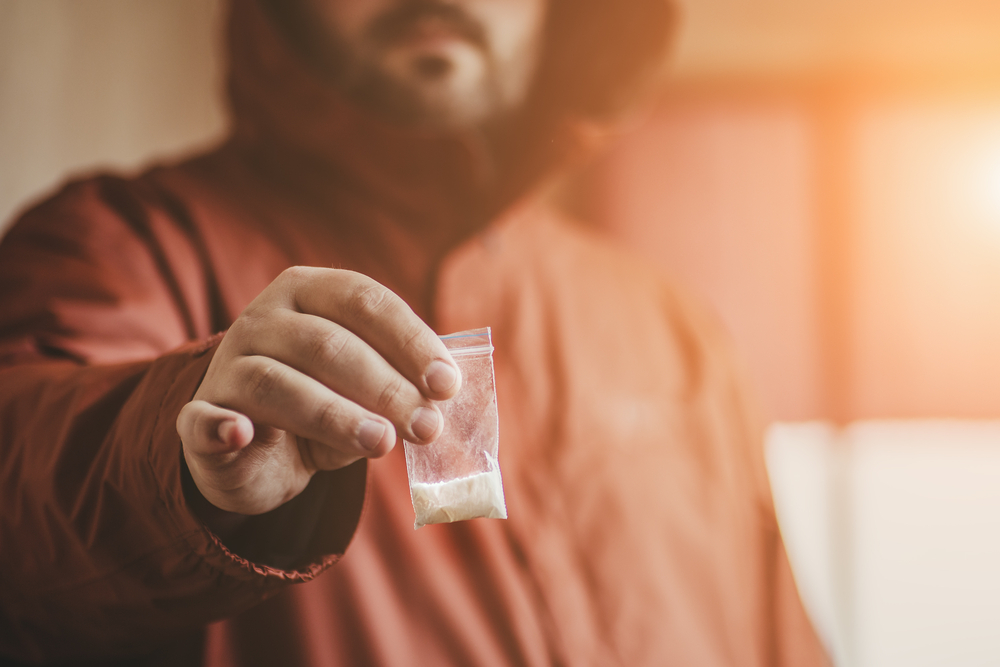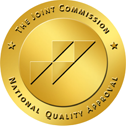
In the United States, cocaine is the second most abused drug and has the second highest dependency rate. According to a 2006 SAMHSA survey, 1.7 million Americans can be classified as having a dependency on or addiction to cocaine. For many years it was a commonly believed myth that cocaine is not addictive because it doesn’t produce the same physical withdrawal symptoms seen in alcohol or heroin addiction. The truth is, however, that cocaine is a powerfully addictive drug that has psychological and physiological addictive properties.
What is Cocaine
Cocaine is an illegal stimulant which has been in use for numerous years. This drug gives its users such strong effects because it blocks dopamine from being reabsorbed into the brain, causing distortion of the body’s movement and pleasure. Coca leaves are what this drug is derived from.
Almost immediately after taking cocaine, its effects begin to take place. Effects of cocaine can last anywhere from a few minutes to several hours. This is determined by the amount taken, how it was taken and by the drug’s purity. Typically, those who take cocaine experience feelings of euphoric happiness and an increase in energy.
Today in the U.S., cocaine is the most popularly used drug. Due to this popularity, numerous cocaine rehab treatment centers are available for anyone seeking drug treatment for cocaine abuse and addiction.
Nicknames and Street Names for Cocaine
* Aunt, Aunt Nora
* Bazulco, Batman, Hubba
* Beam
* Bernice, Bernie, Bernie’s flakes, Bernie’s gold dust
* Big bloke, Big C, Big flake
* Blanca
* Blow
* Bump
* C, C-dust, C-game, Candy C
* Coke, Coca
* Line
* Stash
* Snow
How is Cocaine used?
Cocaine can be injected, smoked or snorted. The most common form is probably smoked cocaine. The drug can also be rubbed onto mucous tissues to produce similar effects.
Freebase is a form of cocaine that is smoked. This form of cocaine creates a sudden, intense high, but is extremely dangerous. Crack is a form of freebase that is also smoked. The use of crack is just as dangerous as freebase and is becoming more and more popular because it is inexpensive.
Physical Effects of Cocaine Addiction
The immediate physical effects of cocaine are a sudden increase in heart rate, blood pressure and breathing. It’s a stimulant drug that doesn’t last as long but, while if effect, leads to feelings of confidence, alertness and euphoria. Heart attacks, respiratory failure, strokes, seizures and sometimes sudden death can occur after ingesting cocaine.
Signs of Cocaine Abuse
Cocaine is both a physically and psychologically addictive drug. In many cases of cocaine use, dosage must be increased with use to achieve the same effect first given. This tolerance can lead to overdose in severe cases. For those seeking drug treatment, cocaine rehab facilities are available.
There are many signs of cocaine abuse, including the following physical, emotional and behavioral signs:
* Runny nose or frequent sniffing
* Nosebleeds
* Weight loss
* Increased susceptibility to illness
* Dilated pupils
* Tremors
* Perspiration or chills
* Nausea or vomiting
* Insomnia
* Changes in friends
* Loss of interest in school, family, or activities
* Frequently in need of money
* Unusual energy followed by excessive sleeping
* Depression
* Irritability
* Erratic behavior/Frequent mood swings
* Isolation and withdrawal
* Strained relationships
* Missed work
* Increased time away from family
* Stealing/Lying/Financial problems
* Thoughts of suicide
* Paranoia
* Auditory hallucinations
* Talking rapidly
The short-term effects of cocaine addiction are:
* Euphoria
* Increased energy
* Increased talkativeness
* Increased mental alertness
* Decreased appetite
* Decreased need for sleep
* Constricted blood vessels
* Dilated pupils
* Increased body temperature, heart rate, blood pressure
* Restlessness
* Irritability
* Anxiety
* Muscle twitches
* Paranoia
The long-term effects of cocaine addiction are:
* Tolerance
* Lost sense of smell
* Nosebleeds
* Problems swallowing
* Hoarseness
* Damaged nasal septum
* Chronic runny nose
* Severe bowel gangrene (if repeatedly ingested)
* Significant weight loss/malnutrition
Large amounts of cocaine can lead to severe consequences that include bizarre, erratic or violent behavior; heart attacks, seizures, strokes or coma; death; and paranoia that can lead to full-blown psychosis. People who use alcohol with cocaine are at particular risk for severe, dangerous side effects.
Cocaine Addiction and Abuse Risks
Cocaine is a highly addictive drug that produces intense feelings of euphoria, power and confidence. All of these side effects make the risk of abuse very high for even the occasional cocaine user. The “high” that is achieved from cocaine is very intense, yet only lasts for an average of 30 minutes. After the effects of the high begin to wear off, the user will begin to experience feelings of anxiety, restlessness and sometimes depression, causing the user to actively seek another “fix.” This compulsive need to use more cocaine can quickly spiral into a powerful physical and psychological addiction.
Cocaine Addiction and the Brain
Cocaine is a powerfully addictive stimulant that directly affects the brain. It produces intensely pleasurable and addictive effects, making it both physically and psychologically addictive. Compared to non drug users, the brains of cocaine users appear differently in both structure and activity level. Cocaine addiction affects the brain by decreasing activity, decreasing the ability to judge consequences, and altering the brain centers for motivation and motor function. Long-term use of cocaine can also affect the brain by impairing memory, changing mood behavior, and producing feelings of depression, psychosis, hallucinations, anxiety and schizophrenic-like behavior.
Withdrawal from Cocaine Addiction
Cocaine withdrawal does not often have immediate physical symptoms, but can cause severe changes in mood. The symptoms of cocaine withdrawal begin with a crash, or extreme exhaustion that can last for days. At the beginning of the crash a person will experience craving, irritability, agitation, dysphoria, the inability to sleep and sometimes depression. The final stages of cocaine withdrawal can include increased feelings of depression, sleepiness, mild craving and entering a state known as “anhedonia,” or the inability to feel pleasure from activities or experiences one once enjoyed.
Cocaine Addiction Treatment
Cocaine addiction treatment usually begins with detoxification to rid the body of all residual toxins left behind by the drug abuse. Currently, there are no FDA-approved medications for treating cocaine addiction and the withdrawal symptoms; however, there are a number of effective cocaine addictions treatments available. Behavioral treatments (in particular, cognitive-behavioral therapy) have been shown to decrease cocaine use and prevent relapse. These types of treatments are especially effective in residential and outpatient settings. Other types of cocaine addiction treatment are motivational incentives, counseling, residential programs, community-based recovery groups (such as Cocaine Anonymous), and 12-Step programs.
When treating cocaine addiction, a comprehensive approach that uses a combination of treatments is ideal. A professional cocaine rehab can tailor a treatment program that’s specific to your individual needs and assign you a team of specialists who can help you on the road to recovery.



